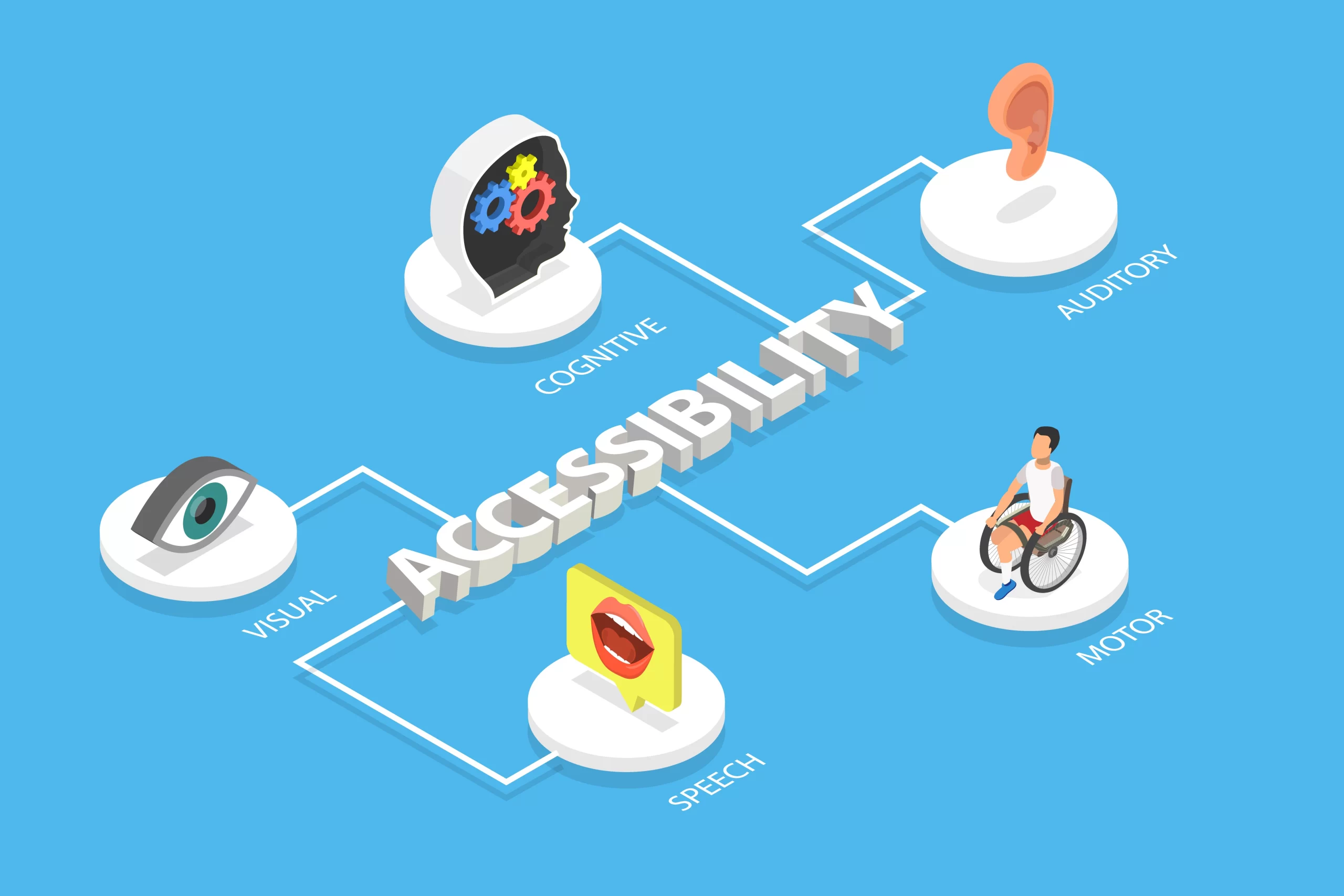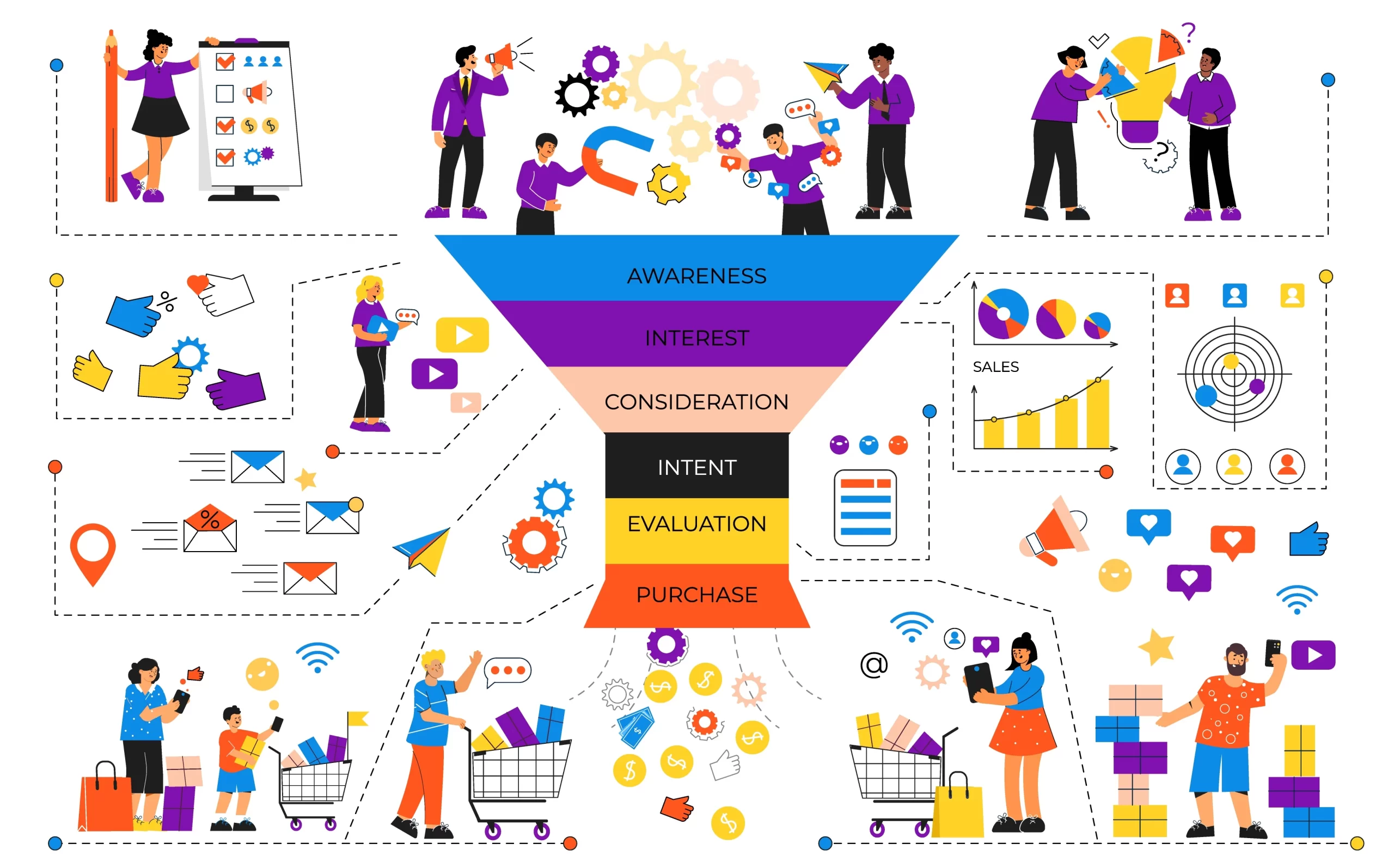In today’s digital world, having an accessible website is not just a legal requirement—it’s a necessity for providing an inclusive online experience. Website accessibility ensures that people of all abilities can navigate, understand, and interact with your content. But accessibility doesn’t just benefit those with disabilities—it improves the user experience for everyone. This article’ll explore why website accessibility matters and how inclusive design benefits all users.
What is Website Accessibility?
Website accessibility refers to designing and developing websites so that people with disabilities—including visual, auditory, motor, and cognitive impairments—can use them effectively. This includes considerations such as:
Providing alternative text (alt text) for images
Ensuring color contrast for readability
Enabling keyboard navigation for those who can’t use a mouse
Adding captions and transcripts for multimedia content
Structuring content with clear headings and semantic HTML
The Web Content Accessibility Guidelines (WCAG) set the global standard for accessibility, ensuring websites are perceivable, operable, understandable, and robust (POUR) for all users.
What is Website Accessibility?
1. Legal Compliance and Risk Reduction
Laws such as the Americans with Disabilities Act (ADA) and Section 508 in the U.S., as well as the European Accessibility Act (EAA), mandate that businesses and organizations provide accessible digital experiences. Failing to comply can lead to legal consequences, lawsuits, and financial penalties.
2. Expanding Your Audience Reach
Approximately 1.3 billion people worldwide experience some form of disability. By ensuring accessibility, businesses can tap into a larger audience, increase engagement, and foster inclusivity. This is especially crucial for e-commerce businesses, educational platforms, and government services.
3. Enhancing SEO and Search Visibility
Many accessibility best practices align with SEO (Search Engine Optimization). For example:
Alt text improves image recognition in search engines
Proper heading structures enhance readability and indexing
Video transcripts make content searchable and boost engagement
Google rewards accessible websites with better rankings, leading to increased organic traffic.
4. Better User Experience for Everyone
Accessibility improvements don’t just help those with disabilities—they enhance usability for all users. For example:
- Clear navigation benefits older adults and those with temporary impairments (e.g., a broken arm or eye strain)
- Captions on videos help users in noisy environments
- Mobile-friendly designs improve usability for all device types
5. Boosting Brand Reputation and Customer Loyalty
Companies that prioritize accessibility demonstrate social responsibility and inclusivity. Brands that champion accessible digital experiences foster customer trust, brand loyalty, and positive word-of-mouth marketing.
How to Implement Inclusive Design?
To create an accessible website, consider these key principles:
Use Semantic HTML: Proper heading structures (H1, H2, H3) help screen readers interpret content correctly.
Ensure Sufficient Contrast: Text should have high contrast against backgrounds for readability.
Enable Keyboard Navigation: Users should be able to navigate through your site without a mouse.
Provide Alternative Text (Alt Text): Describe images for visually impaired users.
Include Transcripts and Captions: Make audio and video content accessible to all.
Test with Assistive Technologies: Use screen readers and accessibility testing tools to identify barriers.
Conclusion
Website accessibility is not just about compliance—it’s about creating an inclusive, user-friendly digital experience for everyone. By implementing inclusive design principles, businesses can expand their reach, improve SEO, enhance user experience, and build a stronger brand reputation. In a world where digital interactions are central to everyday life, ensuring accessibility is no longer optional—it’s essential.
Need Help Making Your Website More Accessible?
At Cherry Fresh Designs, we specialize in creating websites that are beautiful, functional, and accessible to all. Contact us today to ensure your digital presence meets accessibility standards and provides an inclusive experience for every user.



